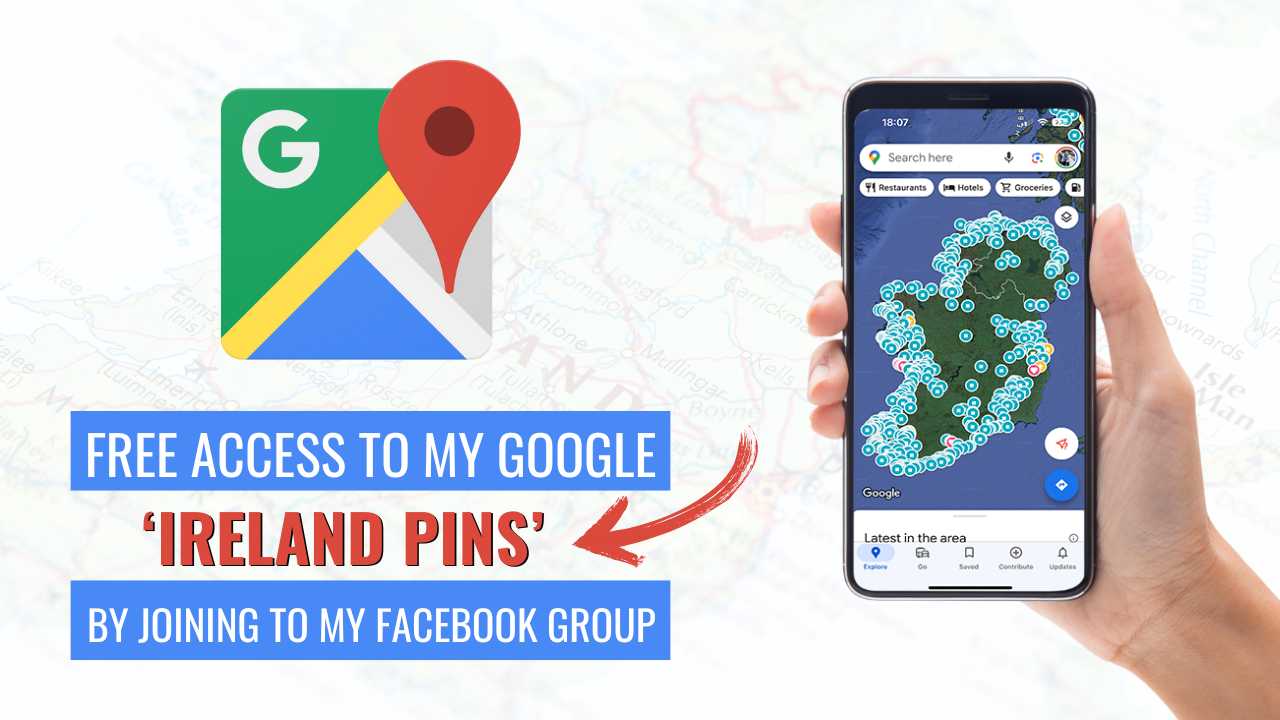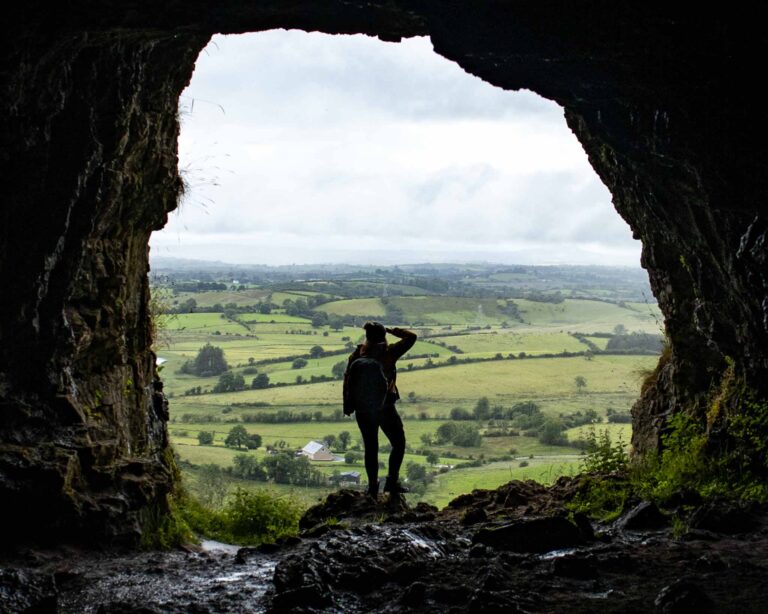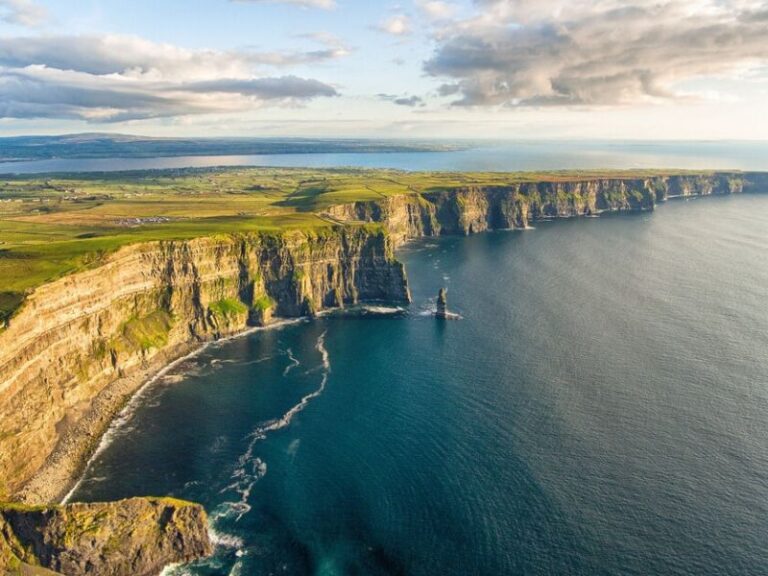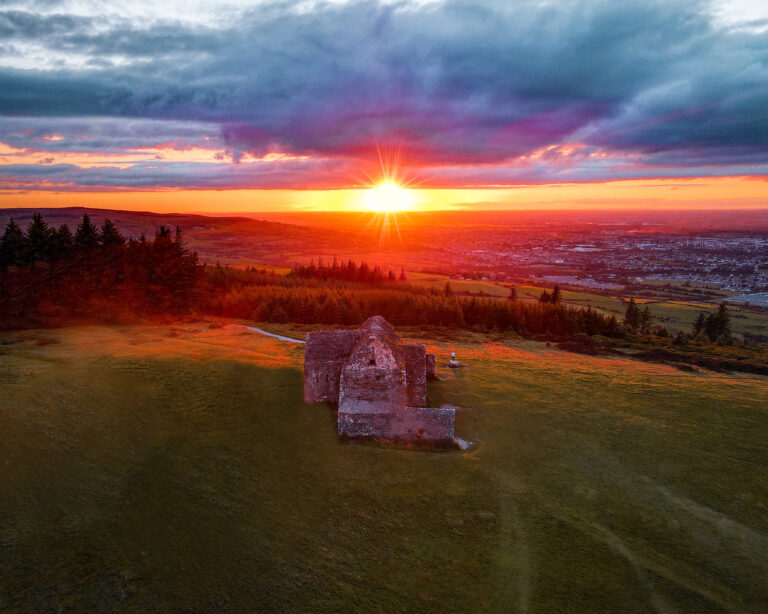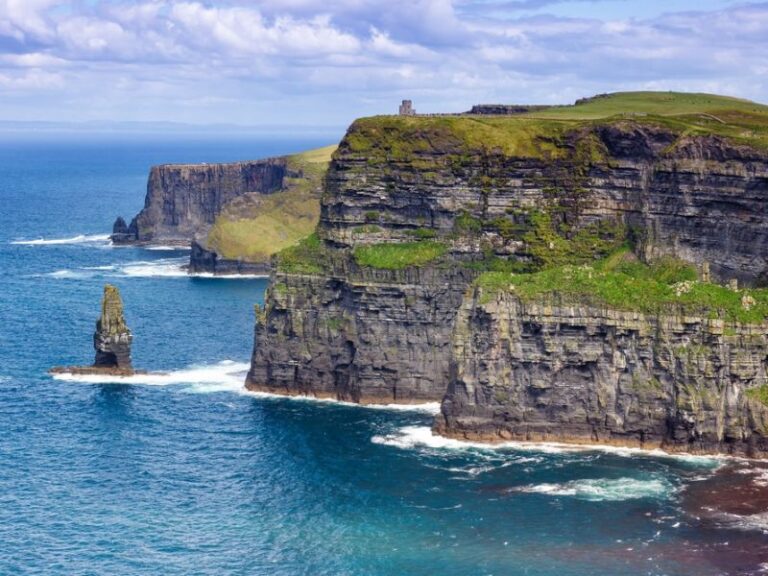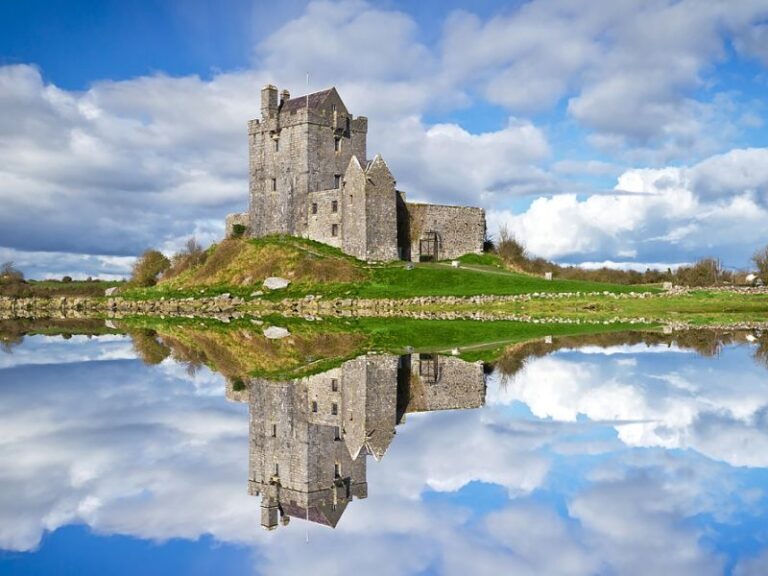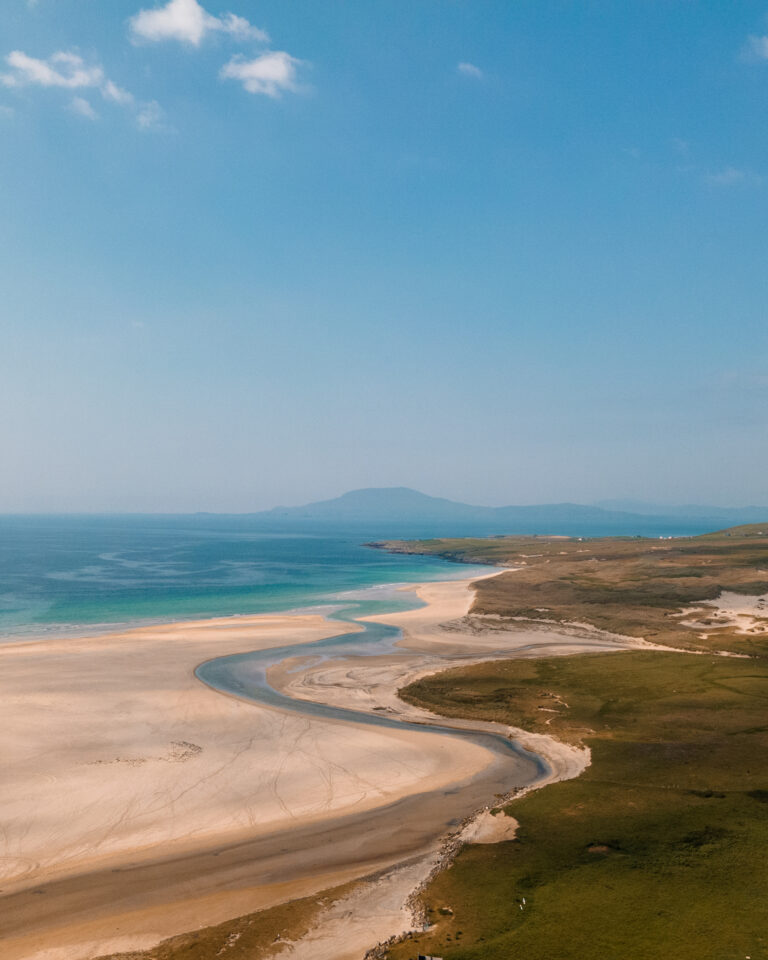What language do they speak in Ireland?
Live Adventure Travel contains affiliate links and is a member of the Amazon Services LLC Associates Program. If you make a purchase using one of these Amazon links, I may receive compensation at no extra cost to you. See my Disclosure Policy for more information.
As an Irish cailín (girl) born and bred, I feel a sense of pride when people ask me about my country, there is something special about our little island. Our language, our culture and our rather sarcastic sense of humour. As someone who travels quite a lot, I often find I get asked the same old questions about the Emerald Isle, with one of the most common being ‘What Language do they speak in Ireland’?
And…to be honest… I have lost count of how many times I have been told…your English is ‘very good’…
You see, many people struggle to come to terms with Ireland’s history and cultural traditions. And personally, I don’t blame them. We don’t exactly have an easy-to-understand past.
[ays_quiz id=’2′]
So, if you are here for the short answer…
What Language is spoken in Ireland?
Then English is the go too…but it’s not that straightforward. You see 98% of Irish people claim to be fluent English speakers however, 40% of the population claim to have conversational Irish.
And while 40% seems like a fair amount, only 2% of the population speaks Gaeilge (Irish) daily outside our education system.
So, with that being the case you may find yourself asking…
What is Ireland’s Official Language?
Well, we officially have two main languages in Ireland, English and Gaeilge (Irish).
English is the language most commonly used in most households, workplaces, and public spaces.
However, the Irish language is still prominent throughout our society. This is becoming more and more evident as the years go on.
Those visiting Ireland for the first time should expect to see the Irish Language being used on our road signs, public transport announcements and in our slang and vocab.

Section 1: Do I Need Irish to Travel to Ireland?
No, most things in Ireland are also written in the English language, and 98% of Irish people speak English fluently.
And, while the road signs are only in Irish in Gaeltacht areas (Irish-speaking parts of the country) such as Dingle in County Kerry and Connemara in Galway. These areas also tend to be rather touristic, therefore, most locals will speak to visitors in English.
You will not have any issues navigating around Ireland using the English language.
Should I Learn Basic Irish Pharases Before I Visit?
While it is not necessary to learn the Irish language before visiting it is of course nice to know some common phrases. Some of which, are often used daily, even by those who speak English as a first language.
I have found a fantastic website called ‘Gael Scoil Online‘ where the creator Jenny breaks down some basic Irish phrases. I have highlighted some of them below but I recommend checking out her site for a more detailed guide. Particularly, her ‘10 Basic Phrases in the Irish Language‘ post where I found these pronunciation examples from.
1. Hello = Dia dhuit
Pronounced as follows:
[Dee-ah gwit]
2. How are you? = Conas atá tú?“
Pronounced as follows:
[Kun-us a-taw too]
Section 2: Irish VS English
One common misperception is that the Irish language is somewhat like the English Language. However, that couldn’t be further from the truth. In this section, we will discuss, why the Irish now speak English, the differences between Irish and English and other Gaelic Languages.
Why do they speak English in Ireland?
And while we Irish hold our heads up high, trying our best to represent and preserve our culture. Our language is probably the aspect of our past that took a rather big hit.
Without diving too deep into Irish history, the reason English is the main spoken language in Ireland is due to the colonisation of the country by the British Empire. Starting in the 1800’s, those speaking Gaeilge were punished and forced to English.
Over time, the use of the English language grew. We started to use it for trade and communication with other countries. And this didn’t change when Ireland gained independence in 1922, the use of English remained and has been a dominant language ever since.
However, once Ireland received its independence we started to implement the Irish language into our education system, road signs and everyday life.
This is something I am very proud of as an Irish person. While we have a long way to go before the language is spoken fluently again. We are taking steps in the right direction to ensure that the language never dies.
Is Irish the same as English?
No, the Irish language is very different to the English Language. For starters, Irish is a Celtic language, while English is a Germanic language. They have different origins making them completely different families of languages.
Irish also has its own unique grammatical rules and sentence structure, making it completely distinct from English. For example, in Irish, adjectives come after the noun they are describing while in English it is the opposite.
Moreover, Irish also has its own rich history and culture attached to it. From ancient myths and legends to modern literature and music, the Irish language has played a significant role in shaping Ireland’s identity and heritage.
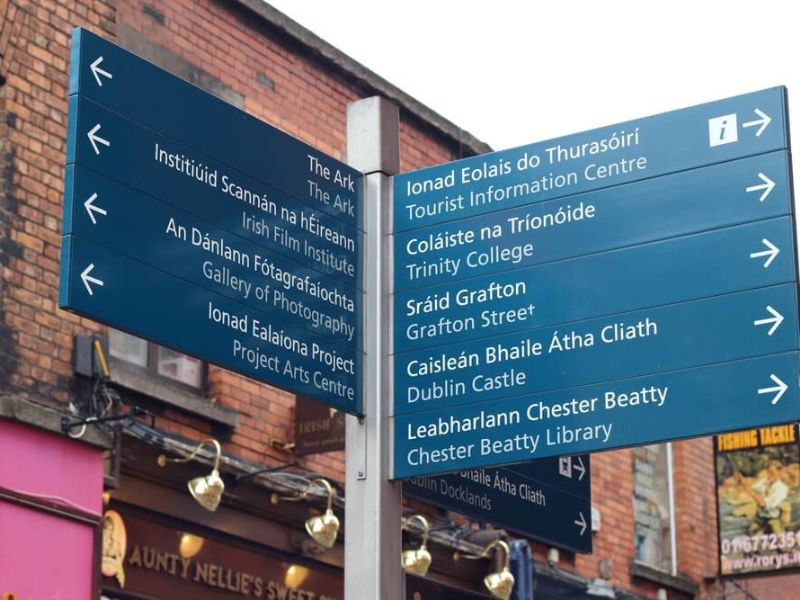
The Irish Alphabet Pronunciation – Yes it’s Different
Now we could talk all day about the Irish alphabet, but to be clear it is nothing like the English alphabet that most of us are used to.
We only have 18 letters, excluding the likes of j, k, q, v, w, x, y, and z, which are typically only used when incorporating foreign words and even at that it is rare.
The letters that make up the Irish alphabet are:
A, b, c, d, e, f, g, h, i, l, m, n, o, p, r, s, t, u
We also combine some letters together to make additional sounds such as ‘bh’ and ‘mh’. These combinations are called “diphthongs” and they have their own unique sounds. For example, in Irish, the word for “hello” is spelled “Dia dhuit,” but it is pronounced, “Dee-ah ghwitch.” (depending on the Dialect used).
We also have accents known as urú and they are placed above the vowels ‘a’, ‘e’, ‘i’, ‘o’, and ‘u’. These accents change the sound of the vowel, making it longer or shorter depending on where it is placed. For example, á is pronounced like “aw” as in law, while é is pronounced like “ay” as in day.
Of course, there is no need for you to know this, I just thought it would be interesting to include in this post while we were talking about the Irish language.
Irish Words That Are Used in English
Several Irish words have made their way into the English language, enriching it with its unique slang and everyday vernacular. Some of these words include:
- Craic: This Irish word is used to describe fun, entertainment, or enjoyable conversation. It’s commonly seen in phrases such as “What’s the craic?” or “The craic was mighty.”
- Banshee: In Irish folklore, a Banshee is a spirit or fairy woman who wails outside a house to foretell death. In English, it’s often used to describe someone who is screaming loudly.
- Blarney: Derived from the Irish place name Blarney, which houses the famous Blarney Stone. The term ‘Blarney’ refers to smooth, flattering, or coaxing talk.
- Brogue: In Irish, ‘brog’ means shoe, and a brogue is a distinctive Irish accent that can be heard in certain regions of Ireland.
- Shenanigans: This word comes from the Irish word ‘sionnach’ which means fox. In English, it refers to playful or mischievous activities.
- Smithereens: The origin of this word can be traced back to the Gaelic word ‘smidirín’ which means small bits. In English, it’s used to describe something that has been smashed or broken into tiny pieces.
Is Irish the same as Scottish Gaelic?
No, while both Scottish Gaelic and Gaeilge are both branches of the Celtic Languages, and share many similarities. They also have some distinct differences, in vocabulary and pronunciation.
For example, the word for “water” in Irish is “uisce”, pronounced “ish-ka”, while in Scottish Gaelic it is “uisge”, pronounced “oosh-ka”.
This is something that surprised me as an Irish person, when I visited the Scottish Highlands. I found it easy to make out what some of the road signs were saying. Yet, they differed from what I was used to.
It was almost like they had more letters in each word but they were close enough for me to ‘get the gist’. However, I am almost certain I would not be able to understand spoken Gaelic as the dialect would be far too complex.
Dialects in the Irish Language
While the English language does have different dialects, these usually refer to the vocab of different English-speaking countries and for the most part, we can still understand each other even when using slang that is not familiar to us.
Irish on the other hand 4 different Dialects, which is pretty impressive for such a small country.
Munster Irish (in the south of Ireland), Connacht Irish (in the west), Ulster Irish (in the north) and Leinster Irish (in the east).
Each dialect has its distinct pronunciation, vocabulary, and grammar rules, adding to the diversity and complexity of the language.
For instance, the Munster dialect is recognized for its melodic intonation, the Connacht dialect for its slower pace, and the Ulster dialect for its unique vocabulary.
This is something I struggled with in school. Knowing all four dialects is not an easy task.
Regardless of these differences, the dialects share a common linguistic thread, a testament to Ireland’s rich cultural heritage.
| Related Post: Should you tip in Ireland? |
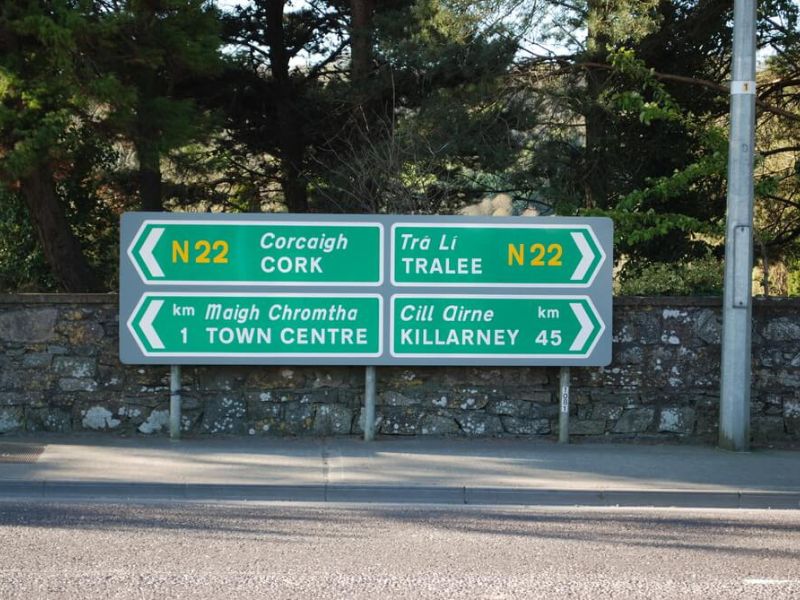
Section 3: Is the Irish Native Language still used?
Yes, the Irish Native Language is still used in our daily lives. Let’s discuss where it is common to come across the Irish language while visiting Ireland.
The Irish language is Spoken in the Gaeltacht Area
The Irish language still exists in regions known as the Gaeltacht, where the local people use Irish in their day-to-day lives.
These regions are mainly on the west coast in parts of Donegal, Mayo, Galway, and Kerry but Gaeltacht areas are also present in the counties of Meath (in the east) and Waterford (in the south).
Gaeltacht areas are recognised as the heartland of the Irish language and culture. As an extra bonus, some of the Gaelteacht area’s are also home to the country’s most beautiful places such as Achill Island, where you can find Ireland’s highest sea cliffs and best kept hidden gems and of course the iconic landscapes of Connemara in Galway.
In Gaeltacht area’s, locals and visitors alike can immerse themselves in a community where Irish is spoken as a daily language, and traditional music, dance, and storytelling are regular features of life.
Despite the dominance of English, the Gaeltacht areas continue to preserve and nurture the Irish language, offering a rich and vibrant testament to Ireland’s cultural heritage.
Is Irish a Spoken Language in Schools?
Yes, the Irish language is still spoken in schools. All throughout Ireland, schools teach Irish to children from as young as 4 years of age.
In fact, Irish is a compulsory subject in all schools and is considered an important part of our national identity.
We also have Irish-speaking schools known as Gaelscoils located throughout the country. These schools teach all subjects in Irish. This way, the language keeps living and stays a part of our heritage.
Where else is the Irish Language Used?
Not only is Irish spoken in schools, but it is also visible on our road signs. In 2005, a law was passed that required all new road signs to be bilingual, with both Irish and English displayed.
This was a significant step in promoting the use of Irish as an official language in Ireland, making it an integral part of our daily lives. And something to be proud of!
You will also notice the Irish Language on all public transport, in public work sectors and in government buildings.
In fact, the language is used in all official government documentation and legislation. This shows that Irish is not only preserved but also actively used and respected by the state.
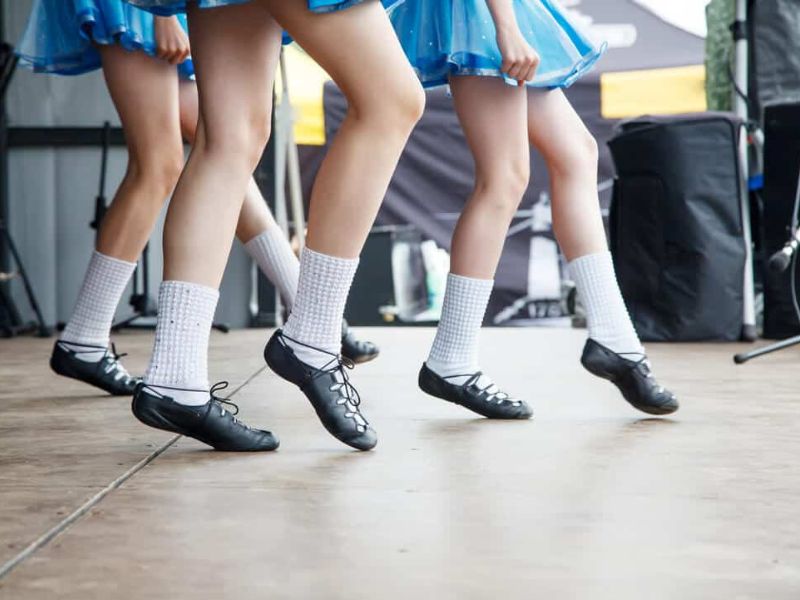
Section 4: Learning the Irish Language at the Gaelteacht
One of the most memorable experiences for Irish children is a trip to the Gaeltacht. This is when young teenagers typically between the ages of 12-17 spend a few weeks of the summer in the Irish-speaking parts of the country.
It is a fantastic way for our young people to immerse themselves in our culture without feeling too much pressure from exams and school learning.
They are typically housed in a Gaeltacht area by ‘Bean an tí’ which directly translates to the ‘woman of the house’. Who essentially acts as their Gaeltacht mammy.
Children learn the language through song, sightseeing in the local area and fun activities. They get to take part in a range of cultural activities, with the best being the Celí each night.
The internet has also played a big role in the Irish language becoming somewhat ‘cool’ again. With Gaelteacht Camps like Colaiste Lurgan covering popular music in Irish.
Section 5: Facts About the Irish Language
- Irish is one of the oldest written languages: Irish Gaelic is among the earliest languages that were written down. The earliest example of the language, known as ‘Primitive Irish,’ dates back to the 4th century AD in the form of Ogham inscriptions.
- Irish is a compulsory subject in schools: In Ireland, Irish Gaelic is a compulsory subject in schools from primary to secondary level. It is part of the ‘Leaving Certificate’ exam that students take at the end of secondary school.
- Irish is an official EU language: Since 2007, Irish has been recognised as an official working language of Europe.
- Irish has influenced English: Many commonly used English words have origins in the Irish language, such as ‘slew,’ ‘bog,’ and ‘galore.’
- Irish has its own sports terminologies: Unique Irish terms are used in sports commentary in GAA (Gaelic Athletic Association) games, such as ‘puc’ for hit in hurling, and ‘cúl’ for goal in Gaelic football.
- Irish has its own TV station: TG4 is a public service broadcaster for Irish-language speakers that showcases Irish-language programming and culture. It has been in operation since 1996.
- Irish is a gender-neutral language: Unlike many other languages, Irish does not differentiate between masculine and feminine nouns.
- Irish has its own sign language: There is also an Irish Sign Language (ISL) that is recognized as a distinct language from Irish Gaelic. It is used by the deaf community in Ireland.
What language do Irish speak?: FAQ
Do they speak the Irish language in Dublin?
Yes, Irish is spoken in Dublin, although English is more commonly used and would be the first language of most of those born in the capital city.
What will happen to Ireland’s National Language?
The future of the Irish language, while not certain, but we can only hope that we will continue to see it grow with the younger generations.
What other languages are spoken in Ireland?
Apart from Irish and English, a variety of other languages are spoken in Ireland due to its increasing multiculturalism. Polish, Lithuanian, Romanian, Spanish, French, and German are amongst the most commonly spoken foreign languages.
Where else in the world is Irish spoken?
Irish is spoken in numerous communities around the world, particularly in places where Irish immigrants have settled.
The most significant populations of Irish speakers outside of Ireland are found in the United States, Canada, Australia, and the United Kingdom.
Many of these speakers are people of Irish descent who retain a connection to their cultural heritage through the language.
Have a Ireland Travel Question?
Then join my FREE Facebook Community, I pop in once a week to answer as many queries as possible. Please do not email or DM. It is easier for me to manage everything in the one place 😊
